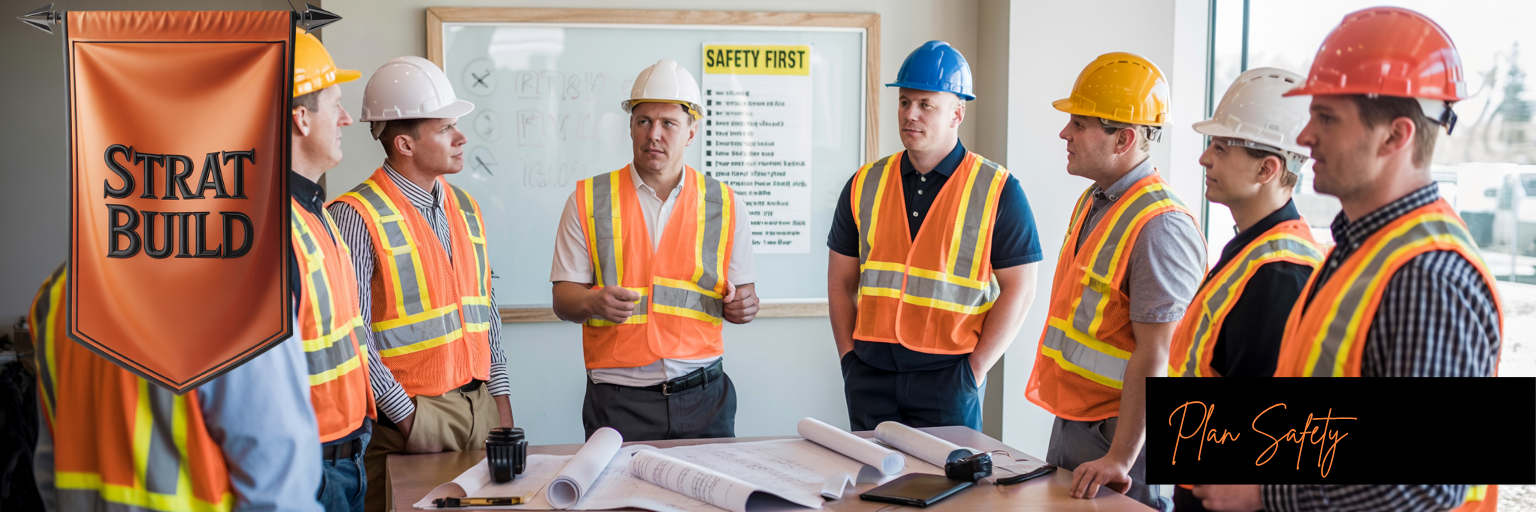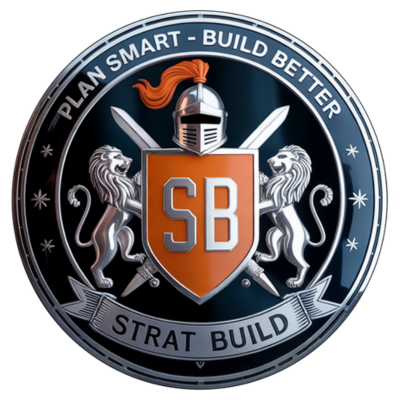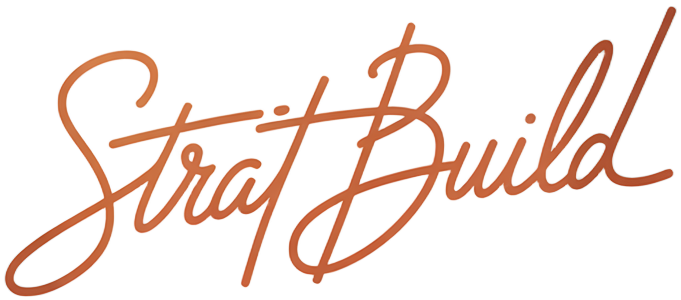
Managing Safety Risks on Residential Construction Sites: A Comprehensive Report
Introduction
Residential construction sites are inherently hazardous environments, characterized by dynamic activities, diverse workforces, and the constant movement of materials and machinery. The safety of workers, visitors, and the surrounding community is paramount, not only to comply with legal and regulatory requirements but also to ensure project efficiency, avoid costly delays, and protect lives. Despite advancements in safety management, residential construction consistently ranks among the highest-risk sectors for workplace accidents and fatalities (Procore AU, 2025). This report provides an in-depth analysis of effective strategies for managing safety risks on residential construction sites, drawing on recent research, best practices, and technological innovations.
1. The Nature of Safety Risks in Residential Construction
1.1 Unique Characteristics of Residential Construction Sites
Residential construction sites differ from commercial or industrial projects in several key ways:
- Smaller scale but higher variability: Sites are often compact, with limited space for equipment and materials, increasing the risk of congestion and accidents.
- Frequent changes in site layout: As construction progresses, the environment changes rapidly, requiring continuous reassessment of hazards.
- Diverse workforce: Workers may include subcontractors, temporary labor, and specialists, often with varying levels of safety training.
- Proximity to the public: Sites are frequently located in residential neighborhoods, raising the stakes for community safety.
1.2 Common Hazards
According to multiple authoritative sources, the most prevalent hazards on residential construction sites include:
| Hazard Type | Description | Example Incidents |
|---|---|---|
| Falls from Heights | Working on scaffolds, roofs, ladders | Falls from ladders or roofs |
| Struck-By Incidents | Hit by moving vehicles, falling tools/materials | Vehicle collisions, dropped tools |
| Electrocution | Contact with live wires, faulty equipment | Electric shock, burns |
| Caught-In/Between | Trapped between equipment, structures, or materials | Trench collapses, machinery crush |
| Slips, Trips, and Falls | Uneven surfaces, wet areas, scattered debris | Slipping on wet floor, tripping |
| Hazardous Materials | Exposure to chemicals, asbestos, dust | Respiratory issues, burns |
| Noise and Vibration | Prolonged exposure to high noise/vibration | Hearing loss, hand-arm vibration |
| Extreme Weather | Heat, cold, storms | Heatstroke, hypothermia |
| Manual Handling | Improper lifting, repetitive movements | Musculoskeletal injuries |
| Fire Hazards | Flammable materials, welding sparks, electrical faults | Fire outbreaks, burns |
(HSE Study Guide, 2024; Kyro.ai, 2025; Procore AU, 2025)
2. Risk Assessment: The Foundation of Safety Management
2.1 Pre-Construction Risk Assessment
A robust safety management program begins before ground is broken. Pre-construction risk assessments are essential for:
- Identifying site-specific hazards: Uneven terrain, proximity to utilities, environmental sensitivities, and community exposure.
- Evaluating design and engineering plans: Ensuring structural integrity, fire safety, and accessibility.
- Engaging stakeholders: Including project managers, safety officers, engineers, and legal advisors in the assessment process.
Key steps in pre-construction risk assessment include:
- Defining the scope: Tailoring the assessment to the project’s unique aspects.
- Site inspections: Identifying physical hazards through on-site evaluations.
- Analyzing plans: Reviewing blueprints for potential safety issues.
- Prioritizing risks: Assessing severity and likelihood to focus on critical hazards.
- Developing mitigation strategies: Proposing practical control measures.
(GPRS, 2025; Risk Publishing, 2025)
2.2 Ongoing Risk Assessment
As construction progresses, new hazards emerge. Continuous risk assessment is vital:
- Regular site audits: Frequent inspections to identify and address evolving risks.
- Worker feedback: Incorporating frontline insights to uncover hidden dangers.
- Documentation and analysis: Tracking incidents and near-misses to identify trends.
3. Risk Mitigation Strategies
3.1 Engineering Controls
- Physical barriers and signage: Clearly marked exclusion zones, guardrails, and warning signs reduce accidental entry into hazardous areas (DesignHorizons, 2024).
- Fall protection systems: Harnesses, guardrails, and safety nets are critical for work at heights (Kyro.ai, 2025).
- Machinery safeguards: Proper guarding on equipment and regular maintenance prevent caught-in/between injuries.
3.2 Administrative Controls
- Safety training: Comprehensive onboarding and ongoing training ensure workers understand hazards and safe practices (HSE Study Guide, 2024).
- Safety protocols: Written procedures for high-risk activities (e.g., electrical work, excavation, manual handling).
- Emergency response planning: Clear protocols for fire, medical emergencies, and severe weather.
3.3 Personal Protective Equipment (PPE)
- Mandatory use of PPE: Hard hats, eye protection, gloves, high-visibility clothing, and respiratory protection as required.
- Regular inspection and replacement: Ensuring PPE is in good condition and fit for purpose.
3.4 Technological Innovations
- Wearable safety devices: Monitoring worker vitals and environmental conditions to provide real-time alerts (DesignHorizons, 2024).
- Safety management software: Platforms like BIM 360 and Procore enable real-time hazard tracking, incident reporting, and compliance management (Procore AU, 2025).
- Drones and robotics: Used for site inspections, especially in hazardous or hard-to-reach areas (Risk Publishing, 2025).
4. Common Hazards and Targeted Mitigation Measures
Below is a summary table of the most common hazards on residential construction sites and effective mitigation strategies:
| Hazard | Mitigation Measures |
|---|---|
| Falls from Heights | Install guardrails, use harnesses, train workers, inspect scaffolding/ladders |
| Struck-By Incidents | Establish exclusion zones, use spotters, secure tools/materials, high-vis clothing |
| Electrocution | Ground electrical systems, maintain tools, train on electrical safety |
| Caught-In/Between | Use machinery guarding, shore/slop trenches, clear communication protocols |
| Slips, Trips, and Falls | Maintain clean work areas, use slip-resistant mats, mark hazards |
| Hazardous Materials | Provide PPE, label/store chemicals, train on handling/disposal |
| Noise and Vibration | Use ear protection, limit exposure, use quieter machinery |
| Extreme Weather | Hydration/shade in heat, insulated clothing in cold, monitor weather |
| Manual Handling | Use mechanical aids, train on lifting, rotate tasks |
| Fire Hazards | Store flammables safely, maintain extinguishers, conduct fire drills |
(HSE Study Guide, 2024; Kyro.ai, 2025; Procore AU, 2025)
5. Safety Culture and Leadership
5.1 Importance of Leadership
A strong safety culture is driven by leadership commitment. When site managers and supervisors prioritize safety, it sets the tone for the entire workforce. This includes:
- Visible commitment: Regular site walks, participation in safety meetings, and prompt response to hazards.
- Open communication: Encouraging reporting of hazards and near-misses without fear of reprisal.
- Continuous improvement: Regular review and updating of safety plans as conditions change (JobSiteCare, 2024).
5.2 Worker Engagement
- Involving workers in safety planning: Frontline workers often have the best insights into daily risks.
- Recognition and incentives: Rewarding safe behavior and proactive hazard identification.
6. Regulatory Compliance and Best Practices
6.1 Legal Requirements
Compliance with local, state, and federal safety regulations is non-negotiable. This includes:
- OSHA standards: For fall protection, trench safety, electrical work, and PPE.
- Regular inspections: By internal teams and external regulators.
6.2 Industry Best Practices
- Adoption of international standards: Such as ISO 45001 for occupational health and safety management.
- Benchmarking: Learning from industry leaders and incorporating proven strategies.
7. Case Study: Effective Safety Risk Management
A recent case study from Slovakia analyzed safety risks during the construction of an administrative building using a point method assessment. The study highlighted the importance of:
- Systematic risk identification and assessment
- Tailored mitigation measures for each construction phase
- Continuous monitoring and adaptation of safety strategies
The result was a significant reduction in incidents and improved project outcomes (SpringerLink, 2024).
8. Quantitative Impact of Safety Management
- Falls account for over 30% of construction fatalities annually (Kyro.ai, 2025).
- Trench collapses cause an average of 54 fatalities annually in the U.S. (Kyro.ai, 2025).
- Effective safety management reduces incident rates by up to 50% and project delays by 20–30%, according to industry analyses (Procore AU, 2025).
9. Challenges and Future Directions
9.1 Human Factors
- Complacency and risk normalization: Workers may underestimate risks due to familiarity.
- Language barriers: Diverse workforces require multilingual training and signage.
9.2 Technological Integration
- Adoption of new technologies: Resistance to change and cost concerns can hinder implementation.
- Data-driven safety: Leveraging analytics for predictive risk management is an emerging trend.
Conclusion
Managing safety risks on residential construction sites demands a proactive, systematic, and technology-enabled approach. The evidence is clear: early and continuous risk assessment, robust mitigation strategies, strong leadership, and a culture of safety are essential for reducing accidents, protecting lives, and ensuring project success. As the construction industry evolves, embracing innovation and best practices will be critical to meeting the ever-present challenge of site safety.
References
- DesignHorizons Team. (2024, December 10). Risk Assessment Strategies for Construction Site Safety. DesignHorizons. https://designhorizons.org/risk-assessment-strategies-for-construction-site-safety/
- GPRS. (2025). How to Conduct Pre-Construction Risk Assessments. GPRS. https://www.gp-radar.com/article/how-to-conduct-pre-construction-risk-assessments
- HSE Study Guide. (2024). Common Hazards in Construction Sites and How to Mitigate Them. HSE Study Guide. https://www.hsestudyguide.com/common-hazards-in-construction-sites/
- JobSiteCare, Russo, M. (2024, April 12). How to Improve Construction Site Safety? (Risks & Best Practices). JobSiteCare. https://jobsitecare.com/blog/construction-site-safety/
- Kyro.ai. (2025, March 26). Top 16 Construction Site Safety Hazards and How to Manage Them. Kyro.ai. https://kyro.ai/blog/top-10-construction-site-safety-hazards-and-how-to-manage-them
- Procore AU. (2025). 10 Common Construction Hazards and How to Mitigate Them. Procore AU. https://www.procore.com/en-au/library/construction-site-hazards
- Risk Publishing. (2025). Pre Construction Risk Assessment. Risk Publishing. https://riskpublishing.com/pre-construction-risk-assessment/
- SpringerLink, Spišáková, M., & Mandičák, T. (2024, October 26). Construction safety Risks Management and Construction Site. SpringerLink. https://link.springer.com/chapter/10.1007/978-3-031-44955-0_44

Strat Build Consulting
Management Team
The management team of Strat Build Consulting exemplify professionalism and extensive experience in the construction project management industry. With decades of hands-on expertise across all phases of construction—from strategic planning and budgeting to risk management and project delivery—they have a proven track record of successfully leading complex, high-value projects.

